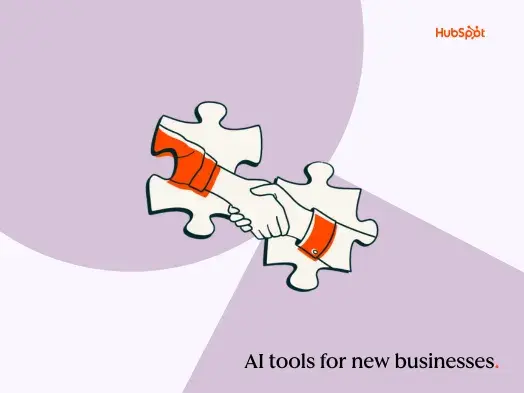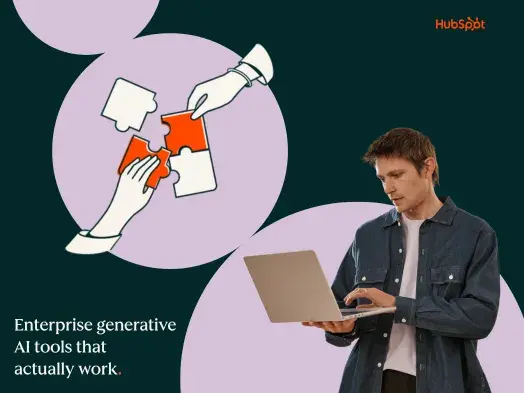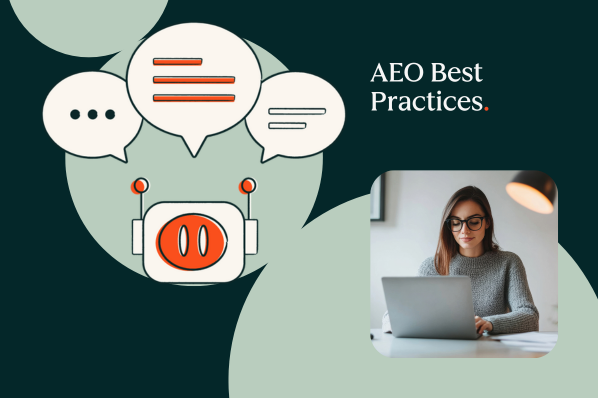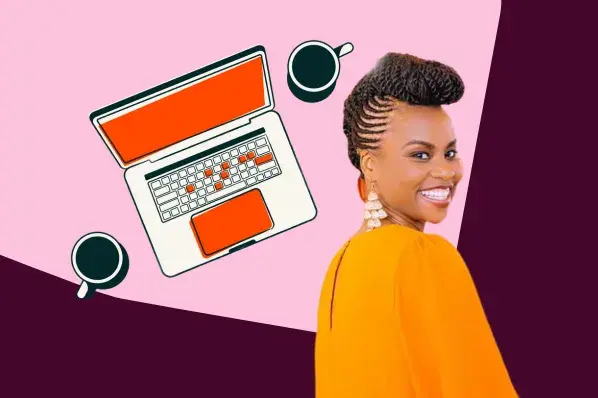Virtual product placement isn’t new.
With advanced video editing software, you can virtually insert just about anything in a shot.
In 2022, VPP took off – TV networks like NBC Universal and Amazon started beta testing across their programming.
VPP has also been popular in music videos.
In this example dating back to 2021, beverage brand Tecate was virtually added in Colombian musician Giovanny Ayala’s music video.
In the example below from 2019, an ad for Pepsi appears in an episode of Univision’s Univision’s “El Dragón” television series.
Mirriad, a leader in the ad tech space and the company responsible for the placements mentioned above, has been doing this for years with great success.
In 2022, The Drum reported that VPP could cost anywhere from $500 to $5,000 for single placements and up to $750K for multiple placements in premium video slots.
One exec even told Marketing Brew that it can cost even more than traditional placements.
So, where does AI fit in? By helping to identify product placement opportunities in video footage.
AI models are trained to find native integration spots in some of your favorite TV shows, music videos, and more.
Firms have long debated how far they can take product placements, exploring customized placements based on the viewer’s streaming habits, interests and region. However, the question always goes back to ROI and whether this level of customization increases ad performance.
Virtual Product Placement, but For Influencers
Rembrand, a new ad tech company, is now leveraging AI to target product placement for influencer- and creator-led campaigns.
You might have noticed TikTok creators like Melissa Becraft promoting Bubly in their content.
@melissabecraft Replying to @alex agree - song is mid, choreo is simple but beautiful! #yesand#arianagrande#dance#fosse♬ yes, and? - Ariana Grande
In the video, Becraft is seen dancing to Ariana Grande’s “Yes, and?” while a disclosure appears on the bottom of the screen, and a Bubly poster hangs on the back wall.
At no point does she talk about the brand or its product - just her regularly scheduled content with some sponsorship flair.
Through Rembrand, Garnier Fructis sponsored an episode of the AsianBossGirl podcast and integrated a poster of the brand in the background.
This approach can be a win-win: Brands don’t have to shell out thousands to ship products to influencers and creators. Meanwhile, influencers can promote ads in a non-intrusive way that’s in line with their brands. Plus, it’s a great source of passive income.
In addition, unlike VPPs on TV which tend to have an expiration date for the products based on impressions, influencers and content creators aren’t subject to these constraints.
Creators create their videos, send them to Rembrand who handles the product placements. An influencer could theoretically publish the same video one year apart, featuring two different products. Both generate traffic, and no extra work or cost to the creator.
That flexibility and hands-off approach is a major selling point to influencers, who often recycle and cross-promote their content.
According to Bloomberg, Rembrand is working on reducing its production time from hours to minutes, and plans to expand its AI technology to accurately place products outdoors.
The technology currently isn’t able to consistently produce good results, as outdoor settings produce more variables to account for, such as lighting, moving objects, and more.
But if Rembrand is successful, influencers will soon be adding another passive income strategy to their pocket.
Artificial Intelligence




![AI email subject lines that drive 3x more revenue and actually convert [+ exclusive insights]](https://53.fs1.hubspotusercontent-na1.net/hubfs/53/ai-email-optimization-1-20251014-4500151-1.webp)






-1-20250905-2237709%202.webp)